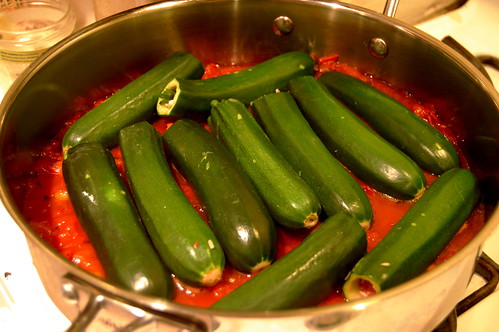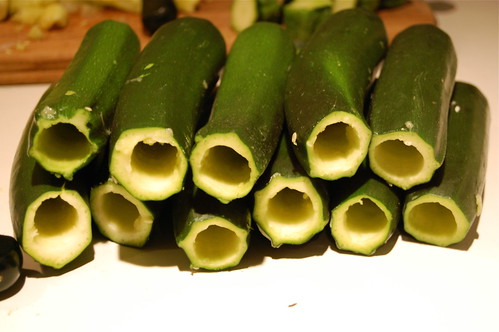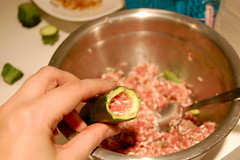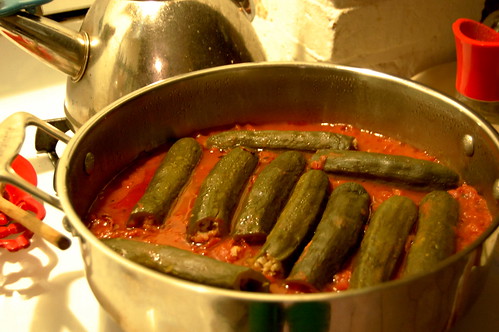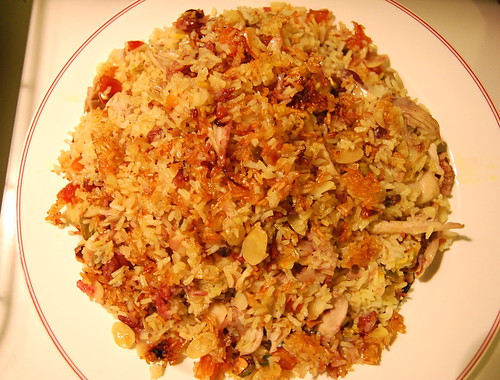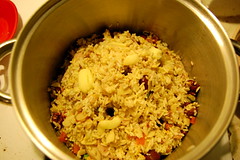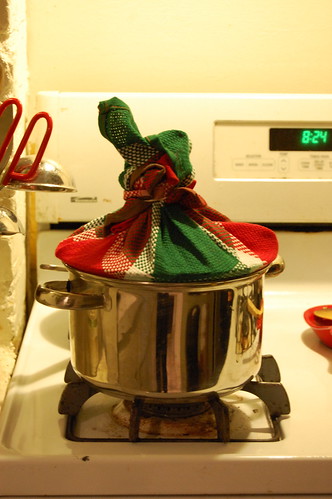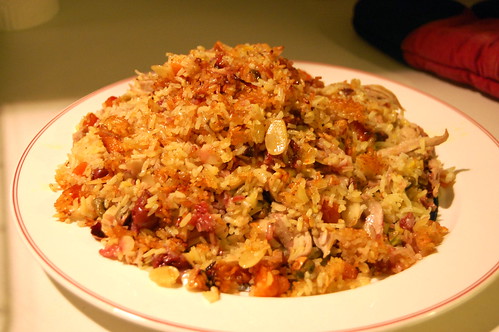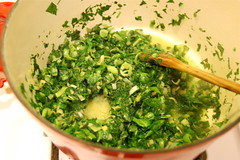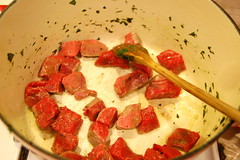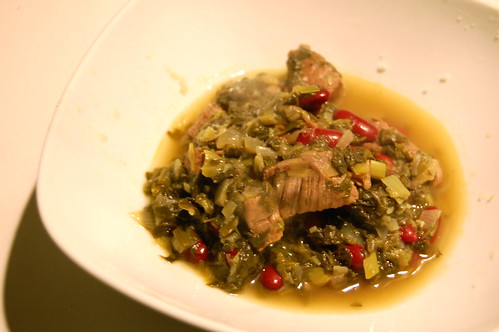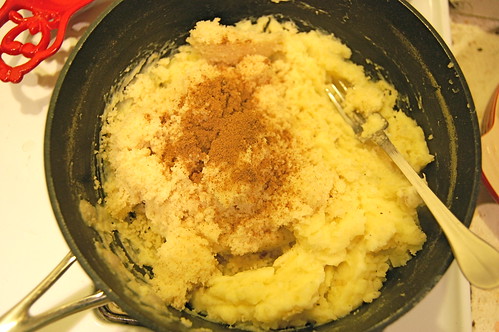
I'm trying to up my kibbeh quotient on this site, and given that there are a myriad types of kibbeh that shouldn't be so hard to do. (For a review on kibbeh 101, check out this post.) Though the dumpling-shape type of kibbeh is the most famous, I thought it would be good to share one of the types of kibbeh made in a tray (kibbeh b'il sayniayah). Kibbeh in a tray can be made with meat or in several vegetarian variations including pumpkin, lentil, and potato. Today we're making the potato version, which I've heard referred to as the Middle Eastern equivalent of shepherd's pie, a comparison not undeserved.

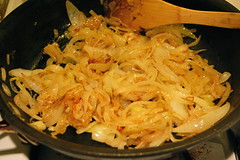
Potato kibbeh is basically a mashed potato casserole stuffed with caramelized onions and pine nuts. Meat can be added, but I often leave it out because I like to use the potato kibbeh as a side dish, especially for roast meats. The potatoes are made unique by the addition of traditional kibbeh spices and the use of bulgur, which gives the potatoes a slight nubby texture. It is very important to use the finest grade bulgur (it looks almost as fine as couscous or semolina), you may need to visit a Middle Eastern grocery for that. Potato kibbeh is a remarkably comforting dish, and unlike many kibbeh dishes that can seem delicate, fussy, or heavy with meat, it's one that you want on your table often, especially in these cold dark winter months.
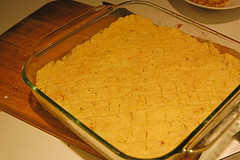
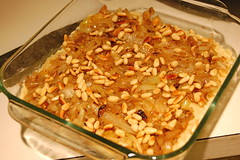
Potato Kibbeh
For some extra luxury, top the dish with pats of butter before baking. Many stores sell a kibbeh spice mix but you can mix your own spices per the instructions below.
1 cup of fine grade bulgur
boiling water
4 medium size potatoes (should equal 3 to 3 1/2 cups cooked mashed potato)
2 tablespoons butter
a splash of milk, cream, or ashta if available
salt
1 teaspoon kibbeh spices or baharat
2 large onions, halved and thinly sliced
1 teaspoon sugar
1/4 cup pine nuts
1 tablespoon butter
1/2 lb ground beef or lamb (optional)
For filling:
1. Heat some olive oil in a saute pan, add the onions and a pinch of salt and saute over medium-low heat. Cook they onions until they are well caramelized, this could take as long as 45 minutes. Add the sugar towards the end to enhance the onions' sweetness. Set aside.
2. If using, saute the ground meat in the pan until well-browned, add to the onions.
3. Saute the pine nuts in the butter until golden brown (watch them carefully). Add the pine nuts to the onion mixture.
For outer shell:
1. Peel and cube potatoes and set to boil in salted water until tender. Meanwhile, pour boiling water over blgur until it is just saturated (you don't want the bulgur to be drowning). Let bulgur sit for 10 minutes, then fluff with a fork, if it still feels dry you can add a bit more boiling water.
2. Drain the potatoes well and put them back in the pot. Add the butter, salt and spices and mash until roughly mashed. Add the bulgur (drained of any excess liquid) and mix together. Gradually add the milk/cream until the texture is like that of firm mashed potatoes.
Bake:
1. Preheat oven the 350 F. Spread half the potato mixture evenly in an 8x8 inch baking dish. Spread the onion mixture evenly over top. Spread the remaining potato mixture over top. Use a wet spatula to press out the potato mixture evenly. If desired, use a sharp damp knife the score a decorative cross watch pattern on the surface. Place the dish in the oven and bake until warmed through and just a tiny bit golden on the top, about 20 minutes. Serve immediately.

